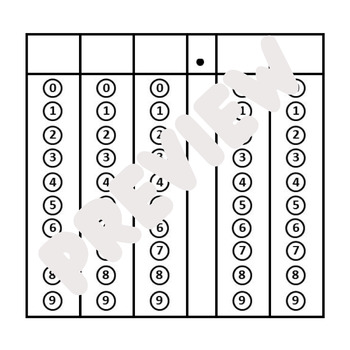

The IEMS enables this integration and optimized power flow.Īn Intelligent Energy Management System for Gridable Electric Vehicles (GEVs') comprising:ġ) Regulates the power train for reduced emissions and fuel cost.Ģ) The Intelligent Energy Management System as claimed in claim I, further comprises: During this integration the GEV operates as an acceptor client during G2V mode and as a donor client during V2G and V2V mode.

The GEV will be integrated to a power grid or a micro grid. Using the Vehicle to Vehicle power transfer technology, the GEVs could transfer energy between each other supported by a Micro Grid Charging Station (MGCS).

The ability to support the grid or a stand-alone facility by using GEVs as a source is called Vehicle-to-Grid (V2G) and Vehicle to Home (V2H) technology, respectively. In this context, the increase in Air Quality Index (AQI) all over the world requires the world to adopt non IC engine based vehicles. The on-going pandemic has affected the utilization of public transportation and people are looking for means of self-commutation. The interest towards alternate transportation is increasing due to the increasing fuel prices and the increased air pollution. Gridable Electric Vehicles are vehicles coming under the category of Plug-in Hybrid Electric Vehicles (PHEV) and Battery operated Electric Vehicles (BEV). The idea proposed is an Intelligent Energy Management System (1EMS) which will be on board a Gridable Electric Vehicle (GEV) for enabling Grid Integration to facilitate Grid to Vehicle (G2V), Vehicle to Grid (G2V) and Vehicle to Vehicle (V2V) active power flow.


 0 kommentar(er)
0 kommentar(er)
